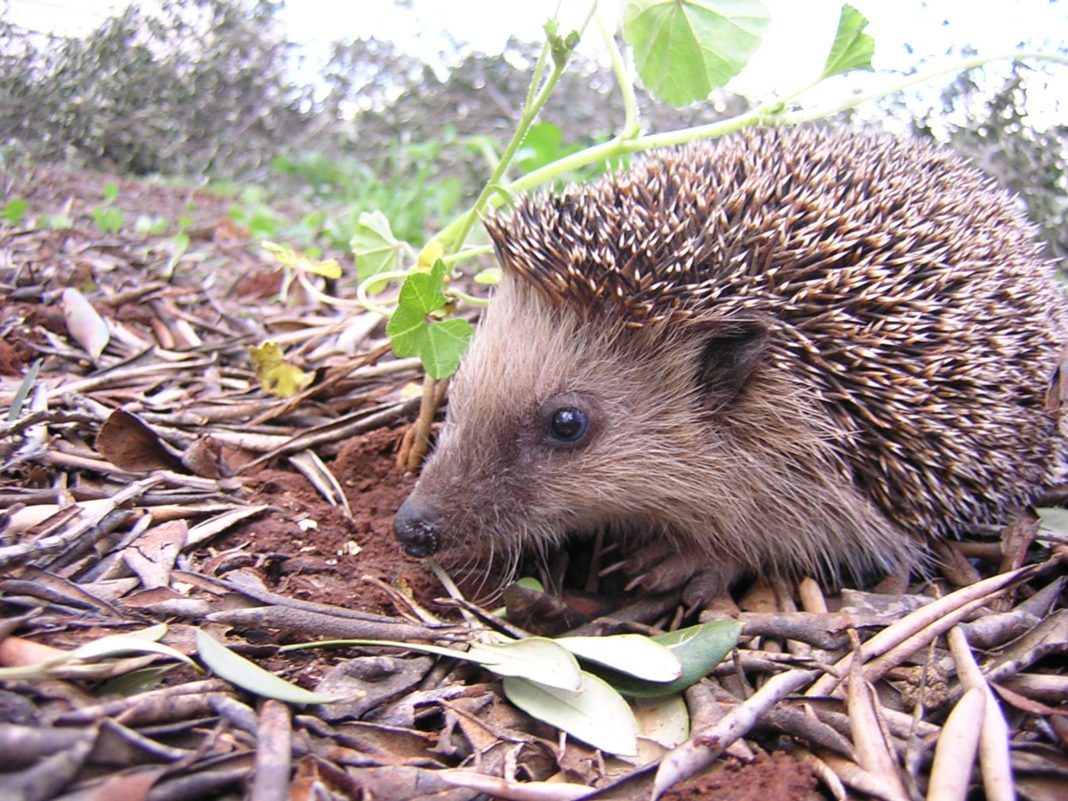Years ago there was a tasteless joke circulating, ‘Why did the hedgehog cross the road? To visit its flat mate’. The point is when was the last time you saw a live hedgehog? The small prickly creatures are in sharp decline. In the 1950’s there were an estimated 36.5 million of them, currently it is thought that there may only be 1.5 million of them left.
So what?
The humble hedgehog has been part of the balance of nature for millions of years having rubbed shoulders, not literally, with sabre-toothed tigers and mammoths. Hedgehogs are victims of urbanisation to a large extent, with houses and factories flooding many of their natural habitats. By removing long grass, your manicured lawn is not very hedgehog friendly, and concreting over large tracts of the countryside we, collectively, have created environmentally unfriendly no-go zones for hedgehogs and other threatened species including frogs, toads, newts, insects and other low level feeders. Home-owners are asked to make a hedgehog highway between gardens and allow some longer grass to grow amongst which there will be food and shelter for these hungry animals.
Durham folk are canny with cash, and yet we throw lots of money at our gardens unnecessarily. The natural balance is disturbed by chemicals that folk use in their gardens to get rid of creepy crawlies and pests in general. Who hasn’t fought a losing battle with those demolishers of lettuces, dahlias, and the many other soft plants? If it isn’t slugs and snails, it’s greenfly, white fly, red spider mite etc. Clearly this writer has suffered substantial losses in the salad department, many lupin plants and prize-sized dahlias have bitten the dust.
Most of the pests can disposed of without chemicals to ‘nuke’ them with. How? By reintroducing the natural creatures that eat them. Frogs eat snails and slugs amongst other delicacies. Hedgehogs will munch their way through the same garden pests, as will blackbirds. By introducing water into the garden, a pond if there is space will attract dragonflies, frogs, newts, and bird life, all of whom will help clean the garden of pests.
A word of caution, slug pellets will kill the pesky cabbage gobblers but they will also kill hedgehogs and frogs if they eat the affected slugs and snails. Similarly, the use of sprays will harm bird life who, if left to it, will consume many of the bugs living on plants. It may take a season of not using sprays and chemicals for these animals to be safe but it is worth it in the end.
Gardening is fun and it can be educational and exciting for children to see wildlife taking care of itself in their own garden. Maybe, they can acquire a caterpillar kit and reintroduce butterflies into the garden too. The balance of nature being restored is not just about tunnels under the A1M for hedgehogs it is about back gardens in Durham and Consett, and Shildon too.
Chuck out the chemicals and invite nature back in.



























Unfortunately the picture used is of an African Pigmy Hedgehog which are kept as pets in the UK.
Thanks, we’ve updated the picture now.